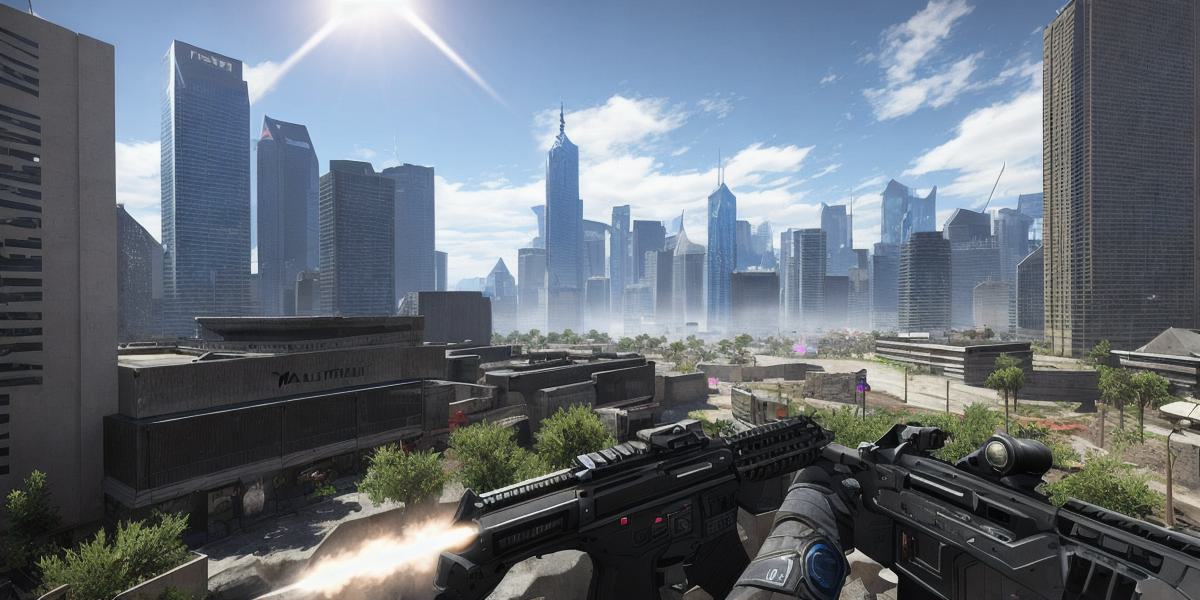Introduction
Valorant Champions Tour (VCT) is a global esports event where the best teams from around the world compete for cash prizes, recognition, and bragging rights. As VCT 2022 approaches, burnout issues have become increasingly prevalent among players and coaches. Burnout refers to physical, emotional, and mental exhaustion that can lead to reduced productivity, decreased motivation, and increased risk of injury. This article will explore the reasons behind burnout in Valorant and provide recommendations for preventing and managing it.
Why Burnout is a Problem in Valorant
Valorant is a fast-paced, high-intensity game that requires intense concentration and physical fitness. The constant pressure to perform at a high level can be mentally and emotionally exhausting, leading to burnout. Additionally, the competitive nature of VCT can create an environment where players feel like they are always on the clock and never have time to rest or recharge. This can lead to chronic fatigue and decreased performance.
Research has shown that burnout is a significant problem in many sports, including esports. A study published in the Journal of Sports Sciences found that burnout was positively associated with physical injury and decreased performance in elite athletes. Another study published in the International Journal of Sport Policy and Politics found that burnout was a major concern for coaches and administrators in the esports industry.
Case Studies
One example of burnout in Valorant is the case of Dany "Dani" García, a former professional Valorant player who retired from the game due to burnout. In an interview with ESPN, Dani said that he was constantly pushing himself to perform at a high level and never took time to rest or recharge. He eventually reached a point where he was no longer enjoying the game and felt like he was not performing at his best.
Another example is the case of the Korean team 100T, who were forced to withdraw from VCT 2019 due to burnout. The team had been playing non-stop for months, traveling across the world to compete in tournaments and practicing long hours every day. They eventually reached a point where they were too exhausted to perform at their best and had to make the difficult decision to withdraw from the tournament.
Recommendations for Preventing Burnout
To prevent burnout in Valorant, it is important to prioritize rest and recovery. This can be achieved by implementing policies that limit the amount of time players and coaches are required to be available for practice and competition. For example, teams could be given specific hours during the day when they are allowed to train and compete, with the remaining hours dedicated to rest and recovery.
Another recommendation is to provide resources for players and coaches to manage stress and maintain a healthy work-life balance. This can include access to mental health services, time off policies, and flexible scheduling options.
Real-Life Examples of Burnout Prevention
One example of burnout prevention in Valorant is the implementation of "mental health days" by teams. These days allow players and coaches to take a break from their training and competition schedules to focus on self-care and relaxation. This can include activities such as meditation, yoga, or taking a day off to spend time with family and friends.
Another example is the use of technology to monitor player fatigue and adjust training schedules accordingly. For example, wearable devices can be used to track heart rate, sleep patterns, and other physiological markers that indicate when a player is at risk of burnout. This information can be used to adjust training schedules and ensure that players are given enough time to rest and recover.
FAQs
Q: How can burnout be prevented in Valorant?
A: Burnout can be prevented by prioritizing rest and recovery, providing resources for stress management, and implementing policies that limit the amount of time players and coaches are required to be available for practice and competition.
Q: What are some real-life examples of burnout prevention in Valorant?
A: Some real-life examples of burnout prevention in Valorant include mental health days, flexible scheduling options, and the use of technology to monitor player fatigue and adjust training schedules accordingly.
